
Approximately 1.4 billion children worldwide have been living under partial or full lockdown as a result of the COVID-19 pandemic (Unicef, 2020). In the UK the majority of children have experienced at least 10 weeks without attending school or being able to play with a friend in person. Some children are now returning to school and there are opportunities for socially distanced play with peers, but it is unclear how this period of relative isolation will affect children’s mental health.
One topic of particular relevance to questions about the effect of lockdown is children’s play; public playgrounds have been closed for more than 10 weeks and, during this time, play with peers has not been allowed. This raises questions about how lockdown has affected children’s play and what the consequences are for children’s mental health. There are also important questions about the role for play in supporting children’s mental health when they return to school.
In the UK this period of lockdown is unprecedented, at least in recent history. Consequently, to determine how lockdown might affect children, we need to draw upon research conducted in the context of other isolation situations. A number of rapid reviews have been conducted to provide insight into how lockdown might affect children’s wellbeing (e.g. Loades ME et al., 2020). One of these reviews, conducted by the team at Cambridge University’s PEDAL research centre, examines the impact of quarantine and restricted environments on children’s play (Graber, K et al., 2020).
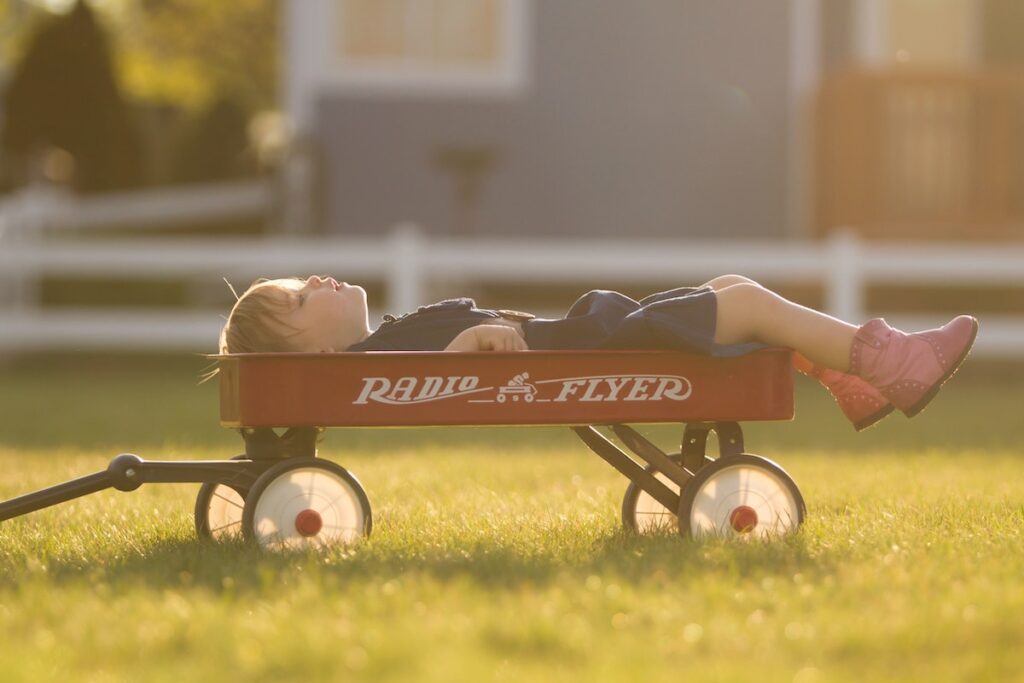
How has lockdown has affected children’s play and what are the consequences for children’s mental health?
Methods
The systematic review by Graber and colleagues aimed to bring together evidence regarding:
- whether quarantine or other forms of isolation affect children’s play and
- whether play might help mitigate adverse effects of isolation on children’s health and educational development.
The review protocol was shared via the Open Science Framework for feedback from experts prior to being conducted, which is a strength. To make a rapid review feasible, the number of databases searched was restricted to three, but these are likely to capture the overwhelming majority of papers. The authors also used an efficient means of extracting the data and synthesising the results. Nevertheless, a total of 5,897 articles were screened, with 15 identified as within the review inclusion criteria and described in detail.
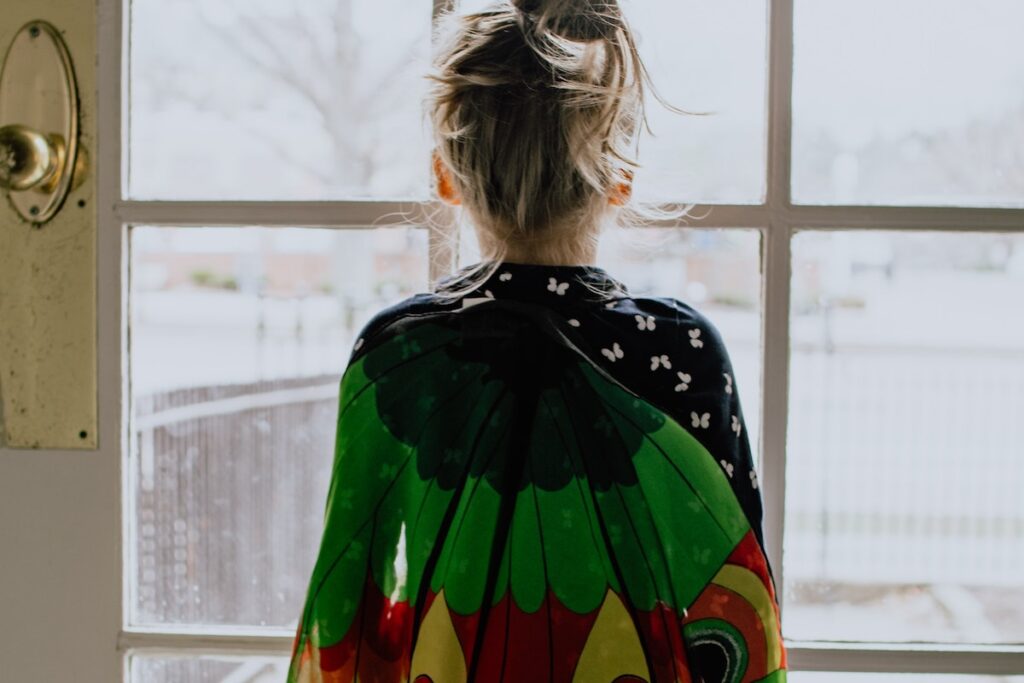
Even if children have been spending more time playing during lockdown, their play experience is still restricted because they have been denied opportunity to play with their friends and outdoors.
Results
How do restricted environments affect play?
- The review identified nine studies that gave information about how restricted environments affect play.
- The authors interpret these papers as demonstrating quite conclusively that when children are living in restricted environments (e.g. hospitalisation, detention centres or refugee camps) their access to play changes.
- In these environments children’s access to play is typically restricted by lack of access to appropriate space, availability of toys and other resources and a lack of appropriate clothing.
- These barriers to access likely lead to a restricted range of play opportunities for these children.
- Despite this, in some contexts the frequency of play was maintained. For example, one study included in the review found that for hospitalised children undergoing chemotherapy, frequency of play remained constant over six weeks of observation.
- These results highlight the important distinction between play frequency and range of play experiences; frequency of play, broadly defined, can remain the same in situations where the range of play experiences possible is restricted.
Can play mitigate the effects of isolation?
- In relation to the second question of whether play might mitigate the effects of isolation, ten relevant papers were identified. Again, these were set in juvenile detention centres, hospitals and refugee camps.
- All studies that evaluated the use of play as a means of expression or to promote coping reported positive findings, particularly in relation to the use of play to support communication, coping and social connectivity.
- To give an example, one paper included in the review examined the value of puppet play for a transplant patient in medical isolation (Hollenbeck, AR., et al.,1980). This play experience was interpreted as helping the child to express fears about isolation and abandonment and to support coping.
The review authors correctly point out the methodological limitations of the existing literature on children’s play in restricted environments. There is a lack of scientifically robust quantitative and qualitative research, for example research that includes control or comparison groups. Furthermore, none of the included studies explicitly evaluated the mechanisms that were hypothesised to be targeted via play (e.g. coping).
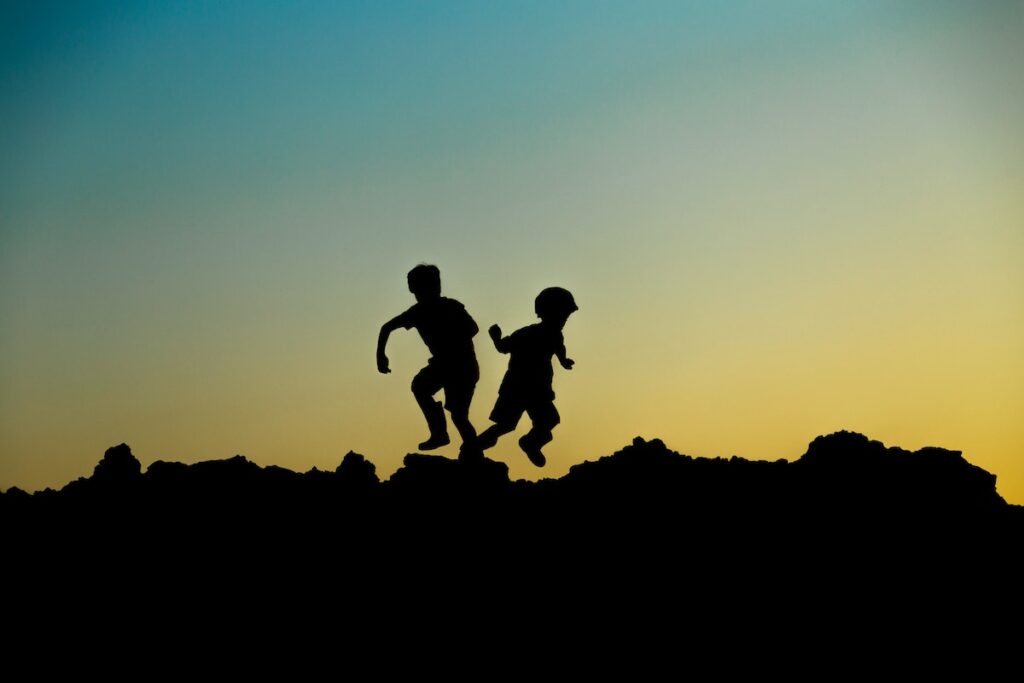
Play appears to benefit children living in isolation, but high-quality evidence is lacking.
Conclusions
The authors make a number of points in their conclusion.
- The most compelling of these is the significant gap in understanding how play is affected by and affects children’s health during lockdown due to infectious disease, as well as the need for more methodologically rigorous research in this area.
- They reflect that play will likely have changed during the COVID-19 lockdown conditions, particularly as a result of decreased peer-play and playground play.
- The paper ends with sensible recommendations regarding future research in this area and particularly highlights the importance of listening to and valuing children’s voices in this context.
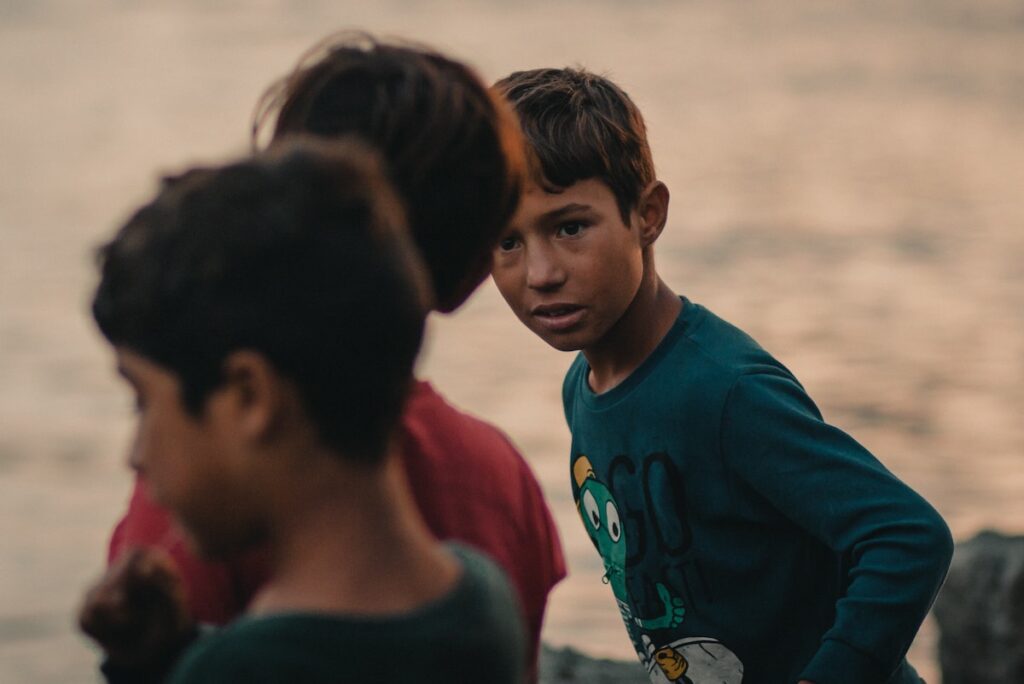
It is essential that we listen to and value what children say about the effects of lockdown on their play.
Strengths and limitations
The amount of work required to successfully conduct a rapid review should not be underestimated. To make this possible, the review is relatively limited in scope and focused on extended periods of isolation or quarantine. This means that some meaningful studies using more robust designs were considered out of scope and not included.
- For example, Potasz C et al (2013) conducted a randomised clinical trial to evaluate the use of an unstructured play intervention for hospitalised children. They found that 7-11 year olds showed a decrease in stress after participating in play activities.
- Similarly, Li WHC et al (2016) found that children who received a hospital play intervention exhibited fewer negative emotions than those who did not.
- There is also important work examining the effect of a play intervention on children living in Romanian orphanages (Brown F, 2014).
Another important point, raised by the authors, is that in perhaps all of the studies included in the review, the reason that the child is living in a restricted environment is likely to be related to children’s play and wellbeing in itself. For example, children in a juvenile detention centre are likely to differ significantly from the general population of children on a range of play and wellbeing measures. Similarly, children isolated in hospital as a result of life-threatening illness have unique stressors and experiences. None of the included studies were of children living in isolation as a result of infectious diseases. This context is unique and will present specific challenges but that does not mean that we use this previous research to identify where challenges are likely to lie.

The rapid review was necessarily limited in scope, but this means that some relevant studies using more robust designs are not included.
Implications for practice
The review raises what I think is a crucial point; as a result of lockdown many children will be playing at least as frequently as usual, but their access to the full range of play opportunities is restricted. For social and emotional wellbeing, children need opportunity for all types of play, including play with their peers and physical outdoor play, both of which have been and, to some extent, continue to be restricted. This restriction is likely to felt particularly acutely by children without siblings who are close in age and by children who don’t have easy access to outdoor space. This further contributes to concerns about lockdown exacerbating existing social inequalities (Morrison N, 2020).
Campaigns such as those led by @playfirstuk and @RecessAlliance alongside #PlayMustStay, #PlayStreets and #SchoolStreets are all working to address this inequality by campaigning for children to have safe access to the full range of play as soon as possible.
This rapid review supports these campaigns by demonstrating that children living in restricted environments have limited play experiences and by providing initial evidence that play can support children’s coping and expression of emotion.
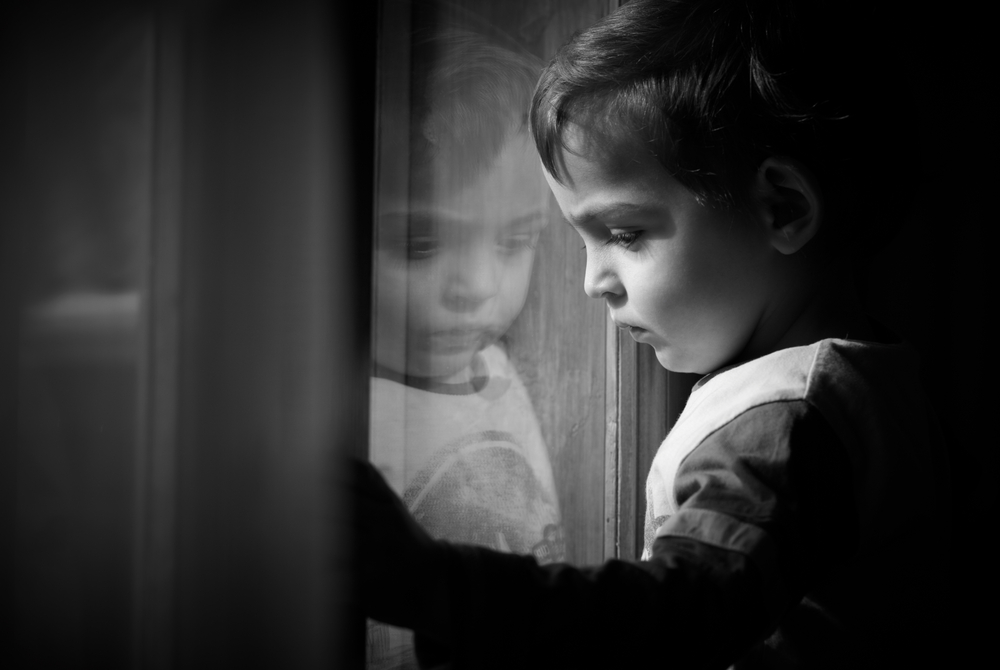
During the pandemic, play restrictions are likely to be felt particularly acutely by children without siblings who are close in age and by children who don’t have easy access to outdoor space.
#EmergingMinds webinar on play
Watch Wendy Russell and Helen Dodd talking about the importance of play for children’s mental health in this recent webinar presented by the Emerging Minds Network and the Mental Elf:
Get involved in important new research
The Co-Spyce study (led by Pete Lawrence and Helen Dodd) will tell us how families are coping during the COVID-19 pandemic, and what parents can do to help support their pre-school children’s mental health.
The first Co-Spyce study report has been published today, and contains lots of information about how young children, parents and carers are coping during the pandemic.
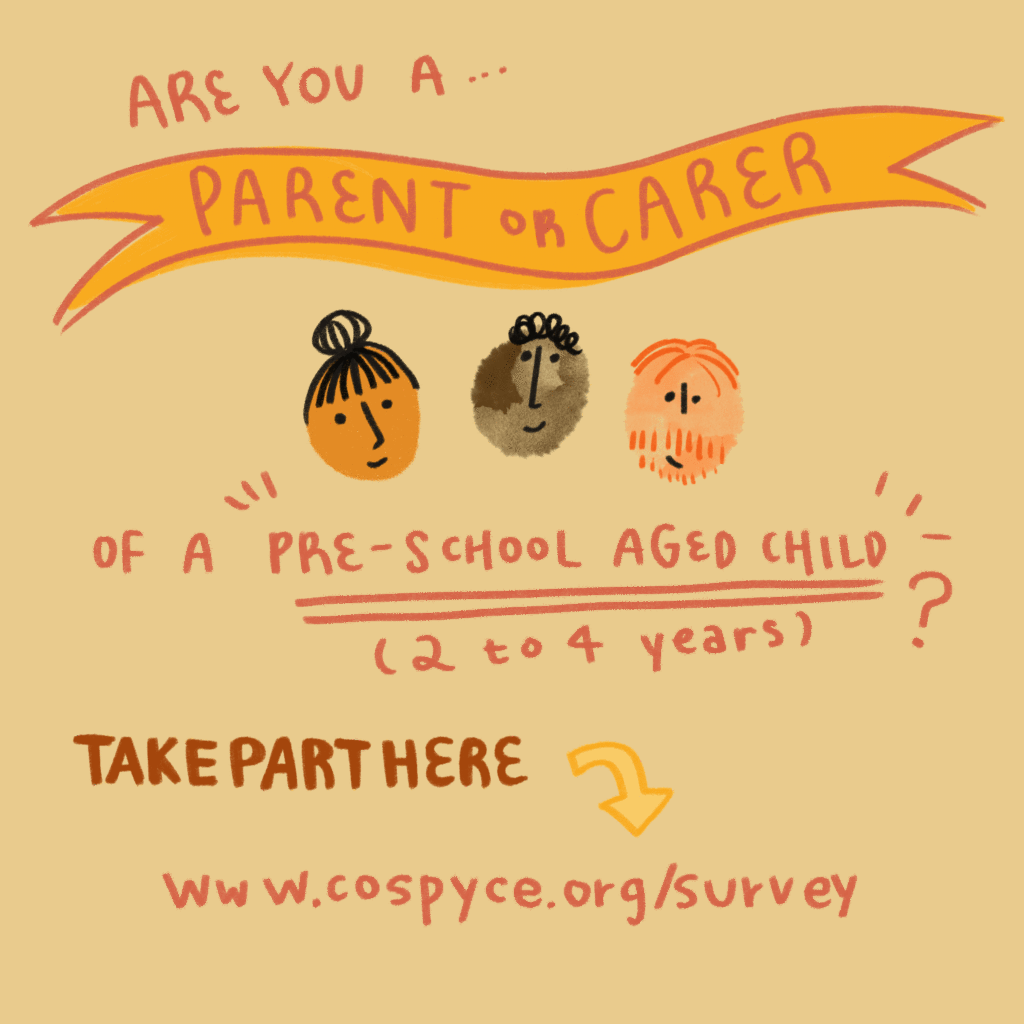
Are YOU a parent or carer of a pre-school aged child (2-4 years) in the UK? Take the Co-Spyce survey now!
If you are a parent or carer of a pre-school child who is aged 2-4 years, and you are living in the UK, please take part in the Co-Spyce study to help us improve the lives of young children and their families.
Statement of interests
Helen Dodd is funded by a UKRI Future Leaders Fellowship which aims to evaluate whether adventurous play can affect children’s anxiety risk. The Association of Play industries, HAGS, Play England, Play Wales and PlayBoardNI are partners on this fellowship. Learning through Landscapes and Outdoor Play and Learning (OPAL) are collaborators. Helen does not receive funding from any of these organisations.
Helen knows two of the senior authors of this review and gave feedback on the review protocol when it was shared via OSF. Helen is one of the authors of the recommendations written by the @playfirstuk group of mental health experts. The senior author of the review and director of the PEDAL centre is also an author of these recommendations.
Links
Primary paper
Graber, K., Byrne, E. M., Goodacre, E. J., Kirby, N., Kulkarni, K., O’Farrelly, C., & Ramchandani, P. G. (2020). A rapid review of the impact of quarantine and restricted environments on children’s play and health outcomes. PsyArXiv Preprints.
Other references
Brown, F. (2014). The healing power of play: Therapeutic work with chronically neglected and abused children. Children, 1(3), 474-488.
Hollenbeck, AR., et al. (1980). Children with Serious Illness: Behavioural Correlates of Separation and Isolation. Child Psychiatry and Human Development,11(1), 3-11.
Li WHC., et al. (2016). Play interventions to reduce anxiety and negative emotions in hospitalized children. BMC Pediatrics, 16:36.
Loades ME., et al (in press). Rapid Systematic Review: The Impact of Social Isolation and Loneliness on the Mental Health of Children and Adolescents in the Context of COVID-19. Journal of the American Academy of Child and Adolescent Psychiatry.
Morrison, N. (2020). Lockdown will only widen the gap between rich and poor students. Forbes website, last accessed 6th June 2020.
Potasz C., et al. (2013). Effect of play activities on hospitalized children’s stress: a randomized clinical trial. Scandinavian Journal of Occupational Therapy, 20(1):71‐79.
Unicef (2020). Don’t let children be the hidden victims of Covid-19 pandemic. Last accessed, 6th June 2020.
Photo credits
- Photo by Andre Guerra on Unsplash
- Photo by Blake Meyer on Unsplash
- Photo by Kelly Sikkema on Unsplash
- Photo by Margaret Weir on Unsplash
- Photo by Tolga Ahmetler on Unsplash
